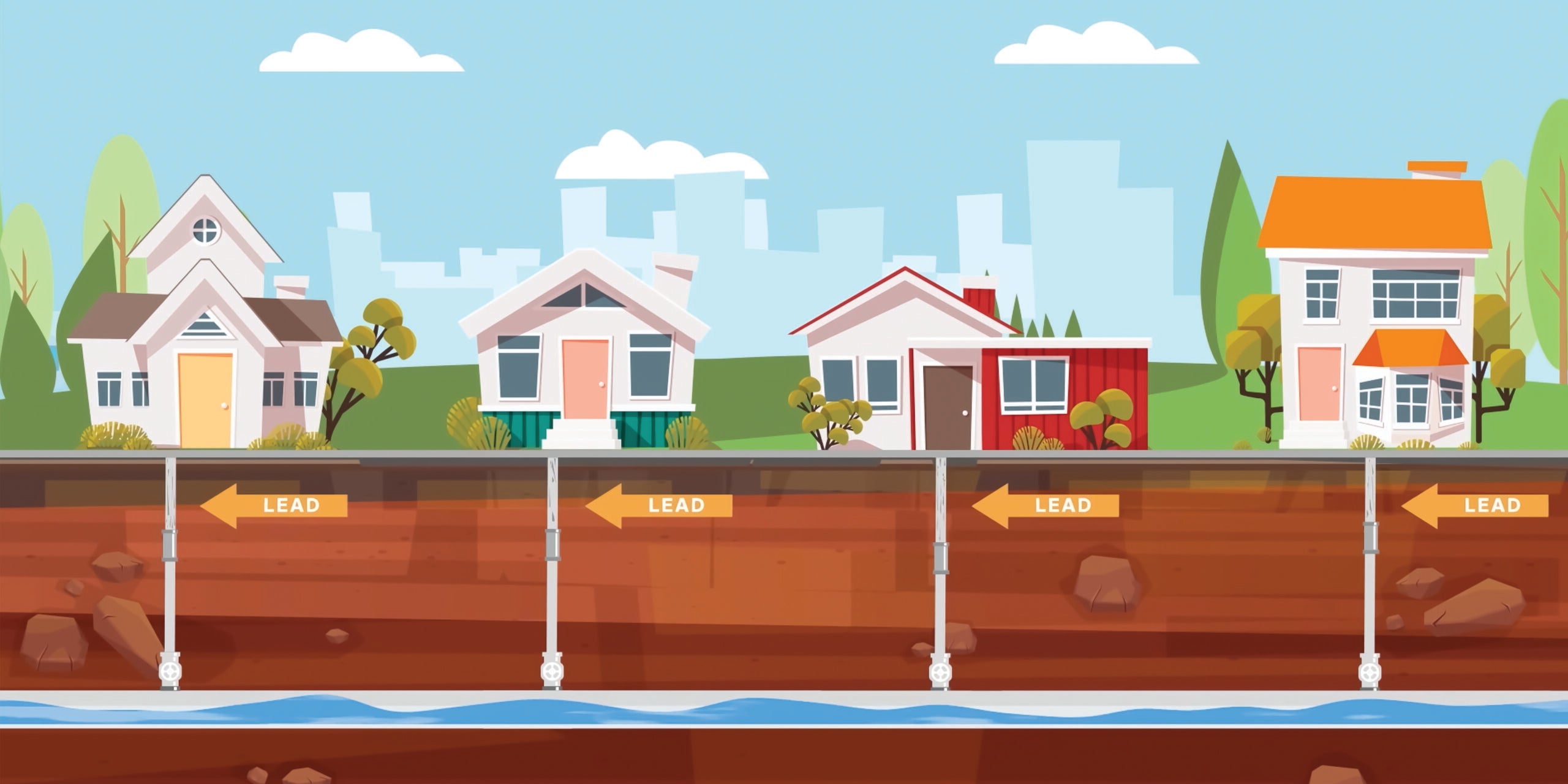Tom Neltner, J.D., Chemicals Policy Director, Lindsay McCormick, Program Manager, and Sam Lovell, Project Manager.
See all blogs in our LCR series.
In October, the Environmental Protection Agency (EPA) proposed changes to its outdated Lead and Copper Rule (LCR), the federal regulation designed to control those contaminants in drinking water. As the result of more than a decade of work by dedicated agency experts, the proposal makes several improvements to key parts of the rule, including requirements for lead service line (LSL) inventories and customer notification. LSLs are the lead pipes that connect the main under the street to homes and buildings and are the most significant source of lead in drinking water.
Unfortunately, EPA’s proposed rule has several serious flaws, including that it:
- Continues to treat full LSL replacement as a last resort. The proposed rule should make LSL replacement an integral part of a long-term solution, including periodic benchmarks for all water systems to achieve regardless of water testing results.
- Continues to allow water systems to conduct partial replacements where the property owner is unwilling or unable to pay the cost for the portion not owned by the water system. Partial LSL replacement may significantly increase lead levels in drinking water for months and does not reliably reduce lead levels in the long term. While water systems would be required to gives residents tools (e.g. advanced notice and filters) to reduce the exposure, more is needed. EPA’s own analysis finds that relying on a resident’s ability-to-pay to replace the LSL on their property to avoid partial replacements will leave low-income households with disproportionately higher health risks.
- Backslides on the rate of mandatory LSL replacement. When a water system’s lead levels are so high that full LSL replacement is mandated, EPA proposes an annual replacement rate that gives the system at least 33 years rather than the current minimum of 15 years to replace all of its LSLs. While more systems are likely to have to conduct mandatory full LSL replacement because of the stricter sampling requirements, most will not.
EPA is accepting comments on the proposed revisions until February 12, 2020. We are preparing detailed comments calling for the agency to fix the flaws before finalizing the rule, and we encourage others to comment as well.
Despite these shortcomings, we want to highlight four positive elements of the proposed rule and encourage states and communities to consider implementing them now – not just because they are likely to be required in the future – but also because they set the stage for full LSL replacement. These elements are that water systems must:
- Develop an LSL inventory, update it annually, and make it publicly accessible;
- Notify customers that they have or may have an LSL;
- Take precautions when disturbing LSLs; and
- Sample more homes with LSLs and take earlier action based on the results.
In this blog, we provide an overview of these key improvements. In future blogs, we will describe our recommendations to strengthen the rule based on our comments to the agency.
Read More »










